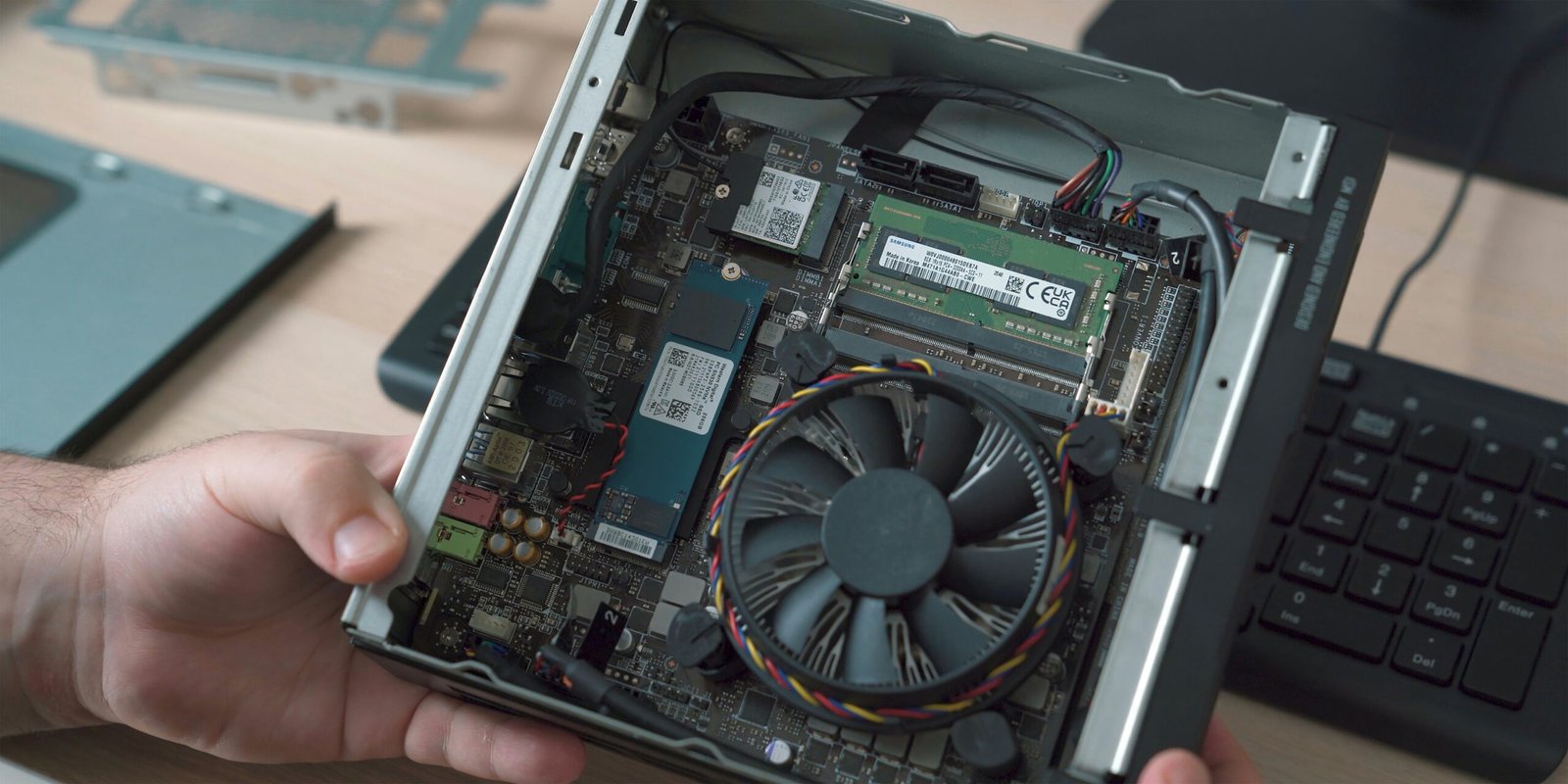Which Lasts Longer: LCD or LED?
Understanding the Basics: LCD vs. LED
To make an informed comparison between LCD (Liquid Crystal Display) and LED (Light Emitting Diode) technologies, it is essential to first understand the fundamentals of each. Both display types are commonly found in modern screens, but they utilize different methods to produce images which significantly impacts their performance and longevity.
LCD technology operates by using liquid crystals that are sandwiched between two layers of polarizing material. When an electric current passes through the liquid crystals, they align in a way that allows varying degrees of light to pass through from a backlight, hence forming an image. The quality and characteristics of the image in an LCD depend significantly on the quality of the backlighting and the type of liquid crystal used.
LED displays, on the other hand, are essentially an advanced type of LCD screen. The main difference lies in the backlighting system. Traditional LCD screens use cold cathode fluorescent lamps (CCFL) as a backlight, whereas LED displays use an array of light-emitting diodes (LEDs). These LEDs can be positioned around the edges of the screen (edge-lit) or directly behind the screen (full-array), providing more uniform lighting and higher contrast ratios.
One common misconception is that LED technology is entirely distinct from LCD, which is not the case. In reality, an LED display is still an LCD because it uses liquid crystal technology for image production. The distinction is specifically in the type of backlighting used, with LEDs offering greater efficiency, brightness control, and longevity compared to CCFL backlighting used in traditional LCDs.
Both display types come with their own set of visual characteristics. LCDs generally offer reliable performance with good color reproduction and are more cost-effective. On the other hand, LED displays provide improvements such as deeper blacks, higher dynamic contrast, and better energy efficiency due to the superior nature of LED backlighting. Understanding these differences is vital as we delve deeper into which technology offers greater longevity.
Factors Affecting Longevity: LCD and LED
The longevity of LCD (Liquid Crystal Display) and LED (Light Emitting Diode) screens is influenced by a variety of factors, each contributing differently based on the technology employed. One primary determinant is backlight technology. LCD screens typically use fluorescent tubes for backlighting, which tend to degrade faster over time compared to the LEDs used in LED displays. This leads to a shorter lifespan for traditional LCD screens in many cases.
Power consumption also plays a crucial role. LED screens are generally more energy-efficient, resulting in less heat generation and reduced wear on electronic components. This aspect not only prolongs the life of the screen but also reduces the likelihood of heat-induced damage, which is more prevalent in LCDs, especially in environments with poor ventilation or higher ambient temperatures.
Screen usage patterns, such as duration and intensity of usage, significantly affect both LCD and LED displays. Prolonged usage at high brightness levels can accelerate wear and tear. LED screens tend to handle such wear better due to their diode-based backlighting, which is more robust compared to the fluorescent backlighting of LCDs. Frequent switching on and off, as well as abrupt power losses, can also influence the durability of both screen types, albeit the impact on LEDs is generally less severe.
Environmental conditions, including temperature and humidity, can drastically affect screen longevity. High temperatures and humidity levels can accelerate the aging process of electronic components and backlighting in LCDs. LEDs, on the other hand, exhibit greater resilience to such conditions, making them more suited to variable environmental factors.
Manufacturing quality is a crucial element that can significantly extend or reduce the lifespan of displays. High-quality manufacturing processes ensure better component durability and assembly precision for both LCD and LED screens. Advances in technology have further improved the longevity of these displays. For instance, the development of more durable LED diodes and enhanced LCD panel manufacturing techniques have resulted in extended lifespans for both display types.
Overall, while both LCD and LED displays have their inherent advantages and disadvantages regarding longevity, the technological advancements and the specific factors at play generally give LED displays a superior edge in terms of extended lifespan.
Comparative Analysis: Lifespan of LCD and LED
In the realm of display technology, the longevity of LCD (Liquid Crystal Display) and LED (Light Emitting Diode) screens is a pivotal factor for consumers and professionals alike. Generally, LCDs have an average lifespan ranging from 30,000 to 60,000 hours, translating to around 3.5 to 7 years of continuous operation before experiencing significant degradation. On the other hand, LED displays often boast a longer lifespan, averaging between 50,000 and 100,000 hours, or approximately 5.5 to 11 years.
One of the primary reasons behind the extended lifespan of LED displays is their underlying technology. Unlike traditional LCDs that rely on fluorescent backlighting, LEDs use light-emitting diodes for illumination, which are more energy-efficient and endure prolonged usage without substantial performance dips. For instance, in consumer electronics such as televisions and monitors, an LED display can maintain its brightness and color accuracy for a longer period compared to an LCD screen under similar conditions.
Maintenance and usage habits play a crucial role in the operational life of both display types. Regular cleaning, proper ventilation, and avoiding extreme usage conditions can significantly enhance their longevity. Conversely, exposure to high temperatures, constant running at maximum brightness, and physical impacts can accelerate wear and tear. Based on industry insights, commercial displays used in advertising kiosks or digital signage, which often run continuously, tend to degrade quicker than those used for average consumer applications. Yet, even in such demanding environments, LED displays have demonstrated superior resilience compared to their LCD counterparts.
Real-world examples further underscore this disparity in longevity. For instance, industrial monitors deployed in factory settings, where displays are crucial for monitoring machinery and processes, often favor LED technology due to its robustness and reliability over prolonged periods of use. In contrast, consumer-grade LCD monitors, though sufficiently durable for home or office use, may not withstand the rigorous demands of a 24/7 operational environment.
Conclusively, while both LCD and LED displays have their merits, LED displays typically offer a longer operational life, particularly in usage-intensive and high-demand settings. Proper maintenance and mindful usage can extend the lifespan of either technology, ensuring optimal performance over time.
Future Trends and Innovations in Display Technology
Emerging trends in display technology are rapidly transforming the landscape, with significant implications for the longevity and performance of LCD and LED displays. One of the noteworthy advancements is the development of quantum dot technology. Quantum dot-enhanced displays offer enhanced color accuracy and brightness, while consuming less power compared to traditional LCDs. This not only enhances the user experience but also extends the lifespan of the displays by reducing the thermal stress on the components.
Another promising innovation is the advancement in OLED (Organic Light Emitting Diode) technology. OLED displays are known for their superior color vibrancy, deep blacks, and efficient energy use. They have a simpler structure compared to conventional LCDs, which contributes to their durability. However, concerns about screen burn-in and lifespan limitations are areas of ongoing research and development. Improved materials and manufacturing processes are being explored to mitigate these issues and extend the operational life of OLED displays.
Additionally, micro-LED technology is emerging as a potential game-changer in the display industry. Micro-LEDs offer high brightness, excellent color accuracy, and energy efficiency, combining the strengths of both LCD and OLED displays. The self-emissive nature of micro-LEDs ensures that each individual pixel can be turned on or off independently, offering advantages in power savings and longevity. As the technology matures, micro-LEDs are expected to provide significant improvements in display durability and performance.
Furthermore, ongoing research is focused on enhancing the resilience of displays under various environmental conditions. Innovations in materials science, such as the development of more robust, flexible substrates and advanced coatings, aim to protect displays from physical damage, moisture, and extreme temperatures. These advancements can significantly improve the longevity and reliability of both LCD and LED displays, making them more suitable for diverse applications.
As these technologies continue to evolve, they are likely to influence consumer choices and industry standards moving forward. The pursuit of displays that are not only visually superior but also more durable and energy-efficient is a clear trend in the industry. Consumers can expect to see a broader range of high-performance, long-lasting displays as manufacturers integrate these innovations into their product lines.







